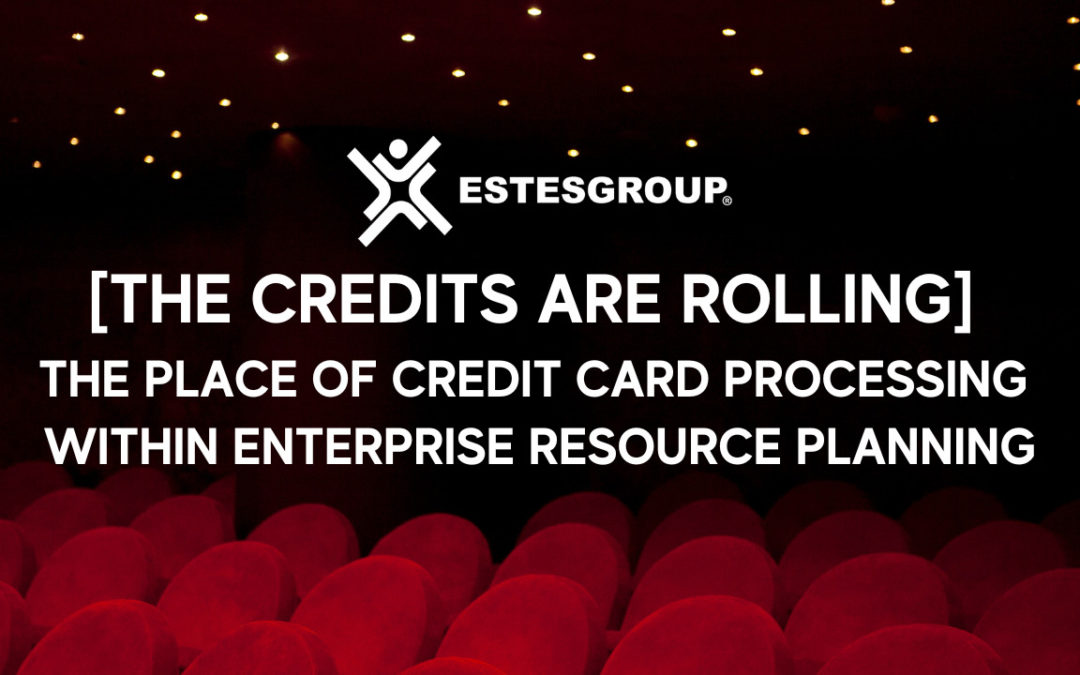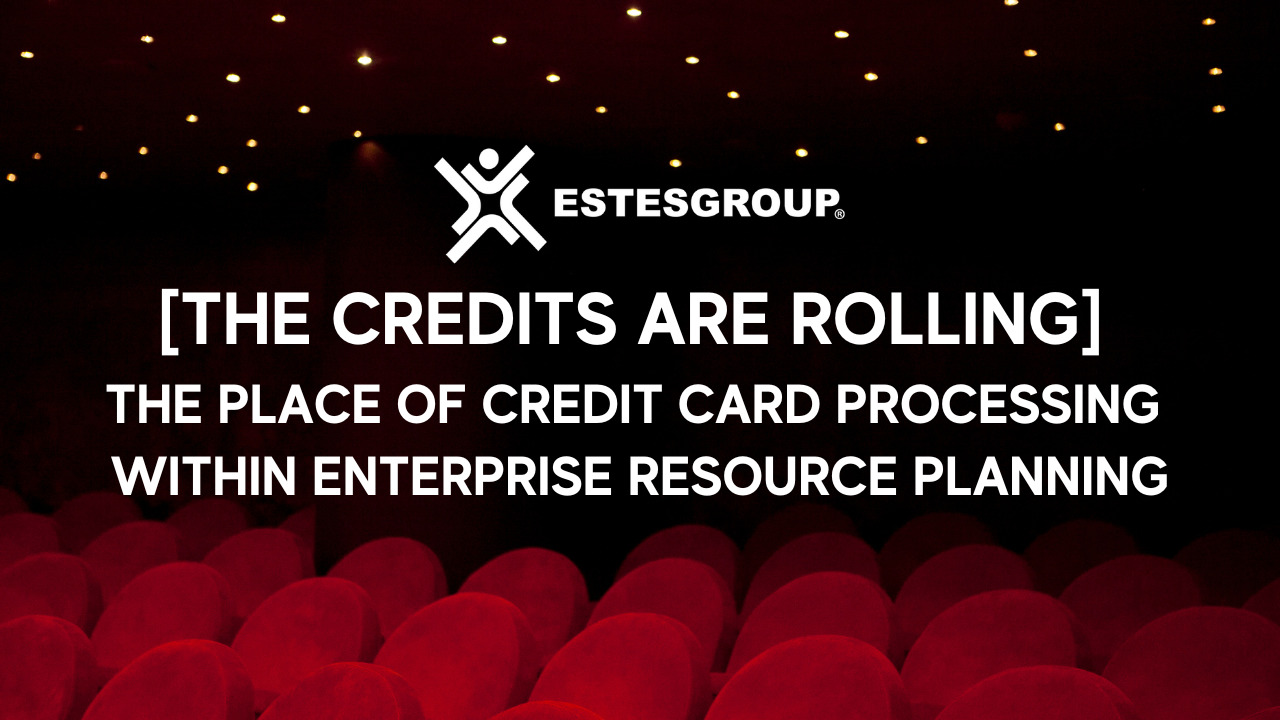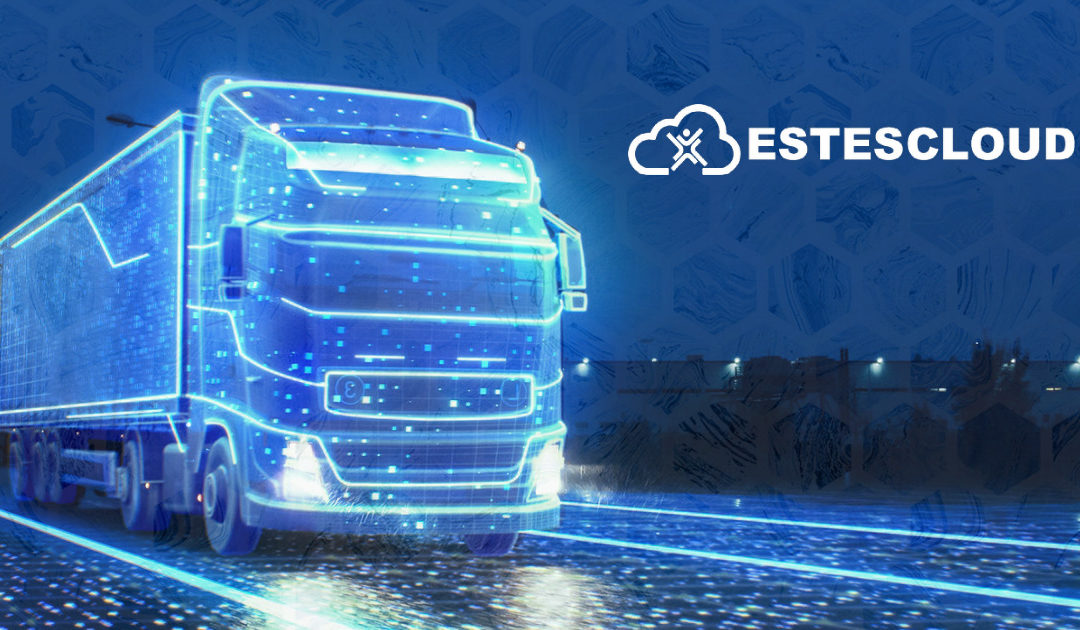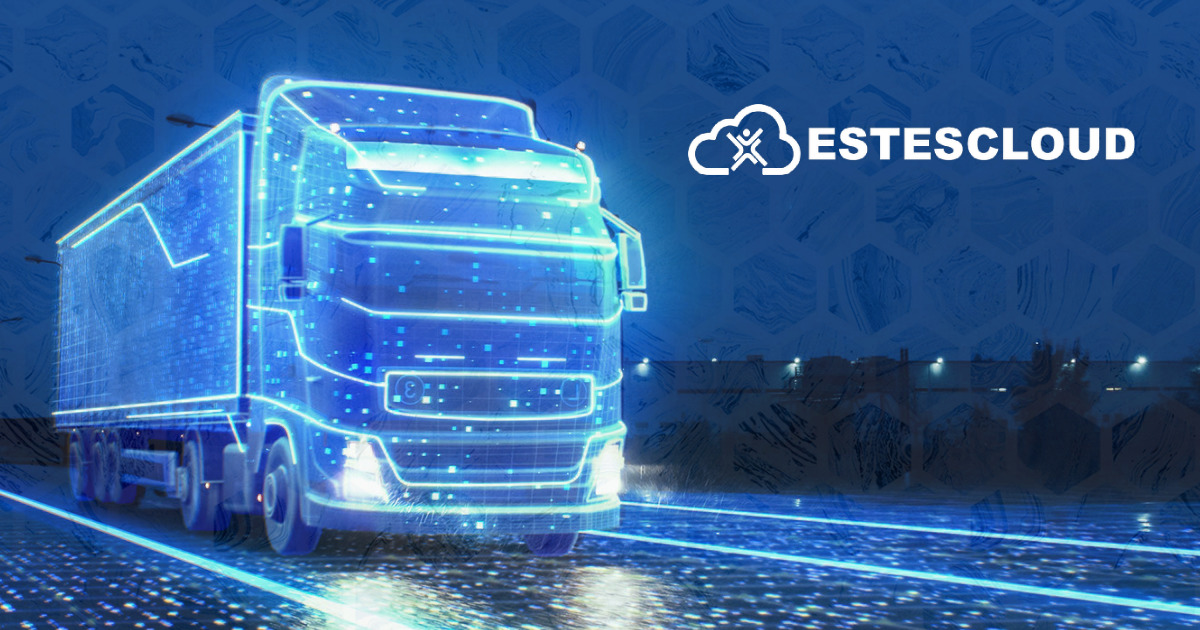
Out-of-the-Box vs. Best-in-Breed Credit Card Processing
The (ERP) Credits Are Rolling
ERP was once a battle between “comprehensive” and “best-of-breed” solutions. While the “comprehensive” solution providers claimed to offer a one-stop-shop of business functionality, providers working under a “best-of-breed” model constructed simpler overall ERP systems that were easier to integrate with third-party solutions.
The debate has morphed over time, as “best-of-breed” providers try to progressively dress themselves as comprehensive ERP solutions, while the old dinosaurs are working to make their systems more interoperable.

For customers, this has served to muddy the waters. At a macro level, it seems safe to say that ERP has increasingly moved to a best-of-breed model, where customers are willing to manage an increasing number of third-party solutions, provided that they provide “best-in-class” functionality.
Credit card capabilities find their place among this morass of functionality, with third-party solutions competing with the integrations provided directly by vendors. Let’s look at some of the challenges that companies normally face when implementing the out-of-the-box solutions that ERP vendors provide.
Configuration Issues
We see customers frequently complain to us of the challenges in configuring their credit card modules. A customer purchases an integrated module from an ERP vendor’s feature card and expect that it should be as easy to implement as the rest of the application. Normally, we only hear from them after those hopes have been dashed.
It’s worth noting that these “modules” are modules in name only—in truth, they are loosely integrated third parties, sold as a comprehensive, out-of-the-box solution. Some ERP vendors even offer multiple versions of credit card integration, which further complicates the situation. As such, a consultant may become savvy in configuring one payment model in one licensed module, only to stumble at the next implementation.
Testing
Testing credit card solutions is always a daunting task—there is private information and money involved, after all. But a clumsy integration can exacerbate the problem. When vendors integrate with third-party solutions, but the third-party solutions themselves do not “own” the functionality and the integration, a situation where a diffusion of responsibility is likely to occur.
In such a situation, neither side of the functionally can adjudicate the outcome of testing, and provide guidance to the causes for errant outcomes. In an ERP system, the customer invariably wants a single throat to choke—a party who can assume responsibility for the functionality in question.
I’ve seen too many cases where vendor integrations leads to situations where the customer ends up paying a consultant to determine that there are bugs or unknown limitations to the integration that will hamper the use of the advertised functionality.
Functionality Limitations
It’s not uncommon that a company’s needs exceed the capabilities of the solutions that the vendor’s out-of-the-box integrations provide. Because of the specialized functionality and capabilities involved, it is often the case that the credit card capabilities provided by a vendor are a “minimal acceptable solution” variety—a solution that barely meets the base requirements, but offers very little “wiggle room” for customers whose requirements step over the vendor’s proverbial line. Such is often the problem with vendor-supplier solutions, and one of the reasons customers leverage best-of-breed solutions in their place.
“Comprehensive” Credit Card Processing or Best-in-Breed?
With all the challenges to credit card processing, we’ve found the best-of-breed solutions to be generally preferable to the comprehensive but underpowered solutions provided out-of-the box by the ERP vendor community. In that light, our work with Century Business Solutions and their EBizCharge payment platform has proven to help customers handle complex payment requirements, helping them extend their operations and shorten their order to cash cycles.








